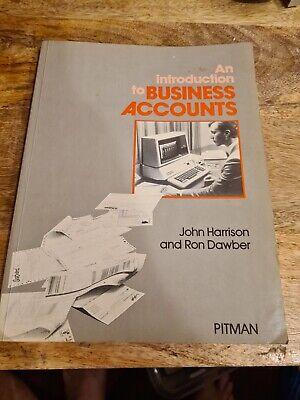Lucky Lager has just purchased the Denver Brewery. The brewery is 2 years old and uses absorption costing. It will "sell" its product to Denver Lager at $48 per barrel. Peter Bryant, Denver Lager's controller, obtains the following information about Denver Brewery's capacity and budgeted fixed manufacturing costs for 2020.

REQUIREMENTS
1. Compute the budgeted fixed manufacturing overhead rate per barrel for each of the denominator-level capacity concepts. Explain why they are different.
2. In 2020, the Denver Brewery reported these production results:

There are no variable cost variances. Fixed manufacturing overhead cost variances are written off to cost of goods sold in the period in which they occur. Compute the Denver Brewery's operating income when the denominator-level capacity is (a) theoretical capacity, (b) practical capacity, and (c) normal capacity utilization.


Data table A B Budgeted Fixed Manufacturing Overhead per Period D E Days of Hours of Production Production Barrels per per Period per Day Hour 1 Denominator-Level Capacity Concept 2 Theoretical capacity $ 28,200,000 356 24 540 3 Practical capacity $ 28,200,000 340 20 510 $ 28,200,000 340 20 400 4 Normal capacity utilization Master-budget capacity utilization for 5 each half year: 6 $ 14,100,000 170 20 320 (a) JanuaryJune 2020 (b) July-December 2020 7 $ 14,100,000 170 20 480 A B 12 Beginning inventory in barrels, 1-1-2020 0 13 Production in barrels 2,610,000 220,000 14 Ending inventory in barrels, 12-31-2020 15 Actual variable manufacturing costs 16 Actual fixed manufacturing overhead costs $ 78,430,500 $ 27,600,000 Requirement 1. Compute the budgeted fixed manufacturing overhead rate per barrel for each of denominator-level capacity concepts. Explain why they are different Begin by determing the formula to calculate the budgeted fixed manufacturing overhead rate per barrel, then compute the rate for each of the denominator-level capacity concepts. (Abbreviations used: Budg. = budgeted, MOH = manufacturing overhead. Round the rates to the nearest cent.) Budgeted fixed Budg. fixed MOH per period - Budg. denominator level (barrels) MOH rate per barrel Theoretical capacity S S Practical capacity $ 3 $ Normal capacity utilization S Master-budget capacity for each half year (a) January, June 2020 (b) July-December 2020 $ $ Explain why they are different The theoretical and practical capacity concepts emphasize supply factors, while normal capacity utilization and master-budget utilization concepts emphasize demand factors The six-month rates for the master-budget utlization concept are different because of seasonal differences in budgeted production, Requirement 2. Compute the Denver Brewery's operating income when the denominator-level capacity is (a) theoretical capacity. (b) practical capacity, and (c) normal capacity utilization. Begin by completing the following table to help you compute the operating income for each denominator-level capacity concept. (Round the rates to the nearest cent.) Per barrel Budgeted fixed Budgeted variable meg Budgeted total mfg MOH rate Fixed MOH Denominator-level capacity concept per barrel cost rate cost rate costs allocated $ S Theoretical capacity Practical capacity Normal capacity utilization Now compute the operating income for each capacity concept, one at a time. Label the variances as favorable (F) or unfavorable (U). (Enter a "0" for any zero balance accounts.) Theoretical Practical Normal capacity capacity capacity utilization Revenues $ $ Cost of goods sold $ $ $ Beginning inventory Variable manufacturing costs 7 Fixed manufacturing overhead cost allocated Cost of goods available for sale Deduct ending inventory Adjustment for variances U U 1 Cost of goods sold Gross margin 0 Other costs $ $ $ Operating income










